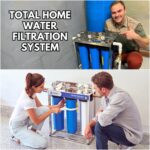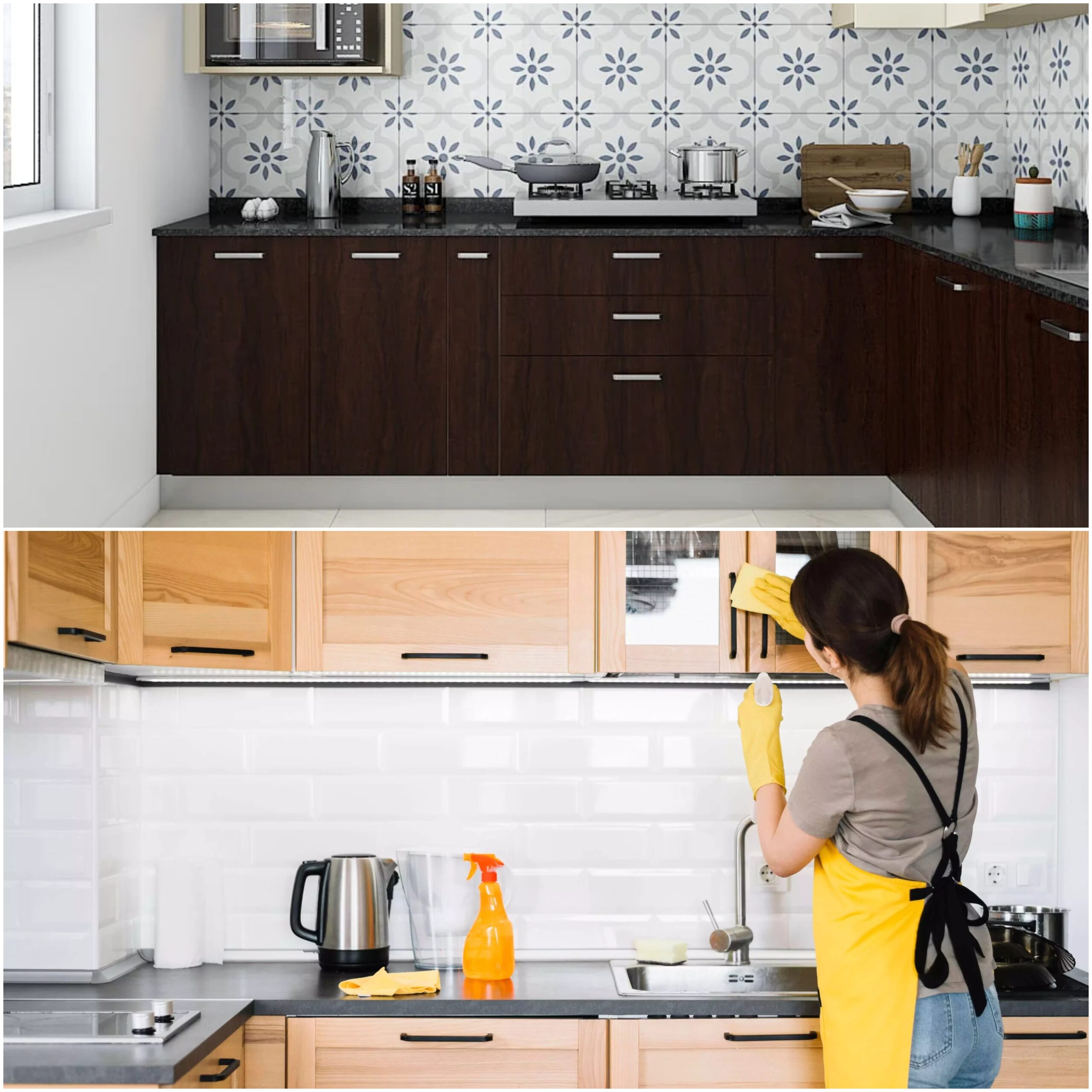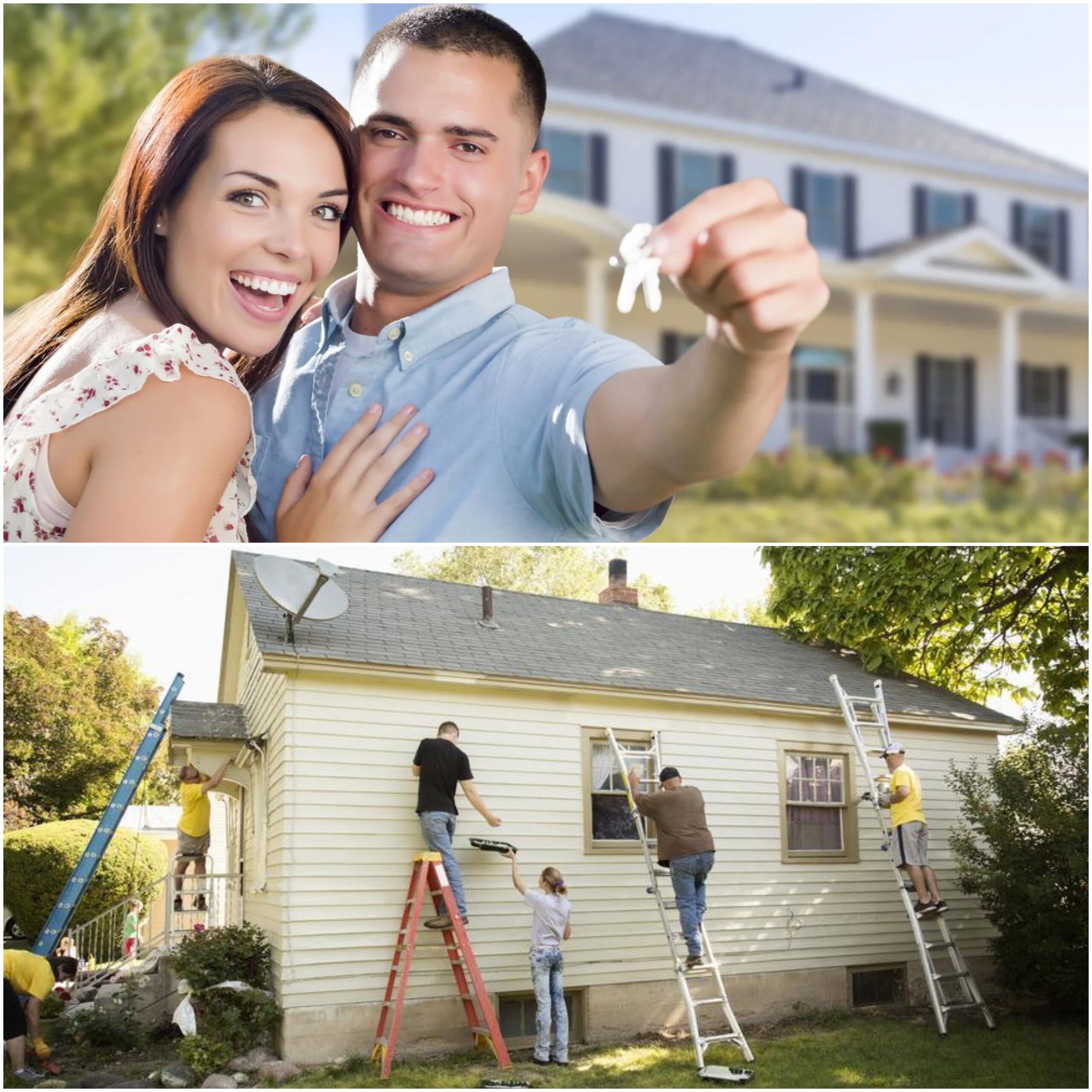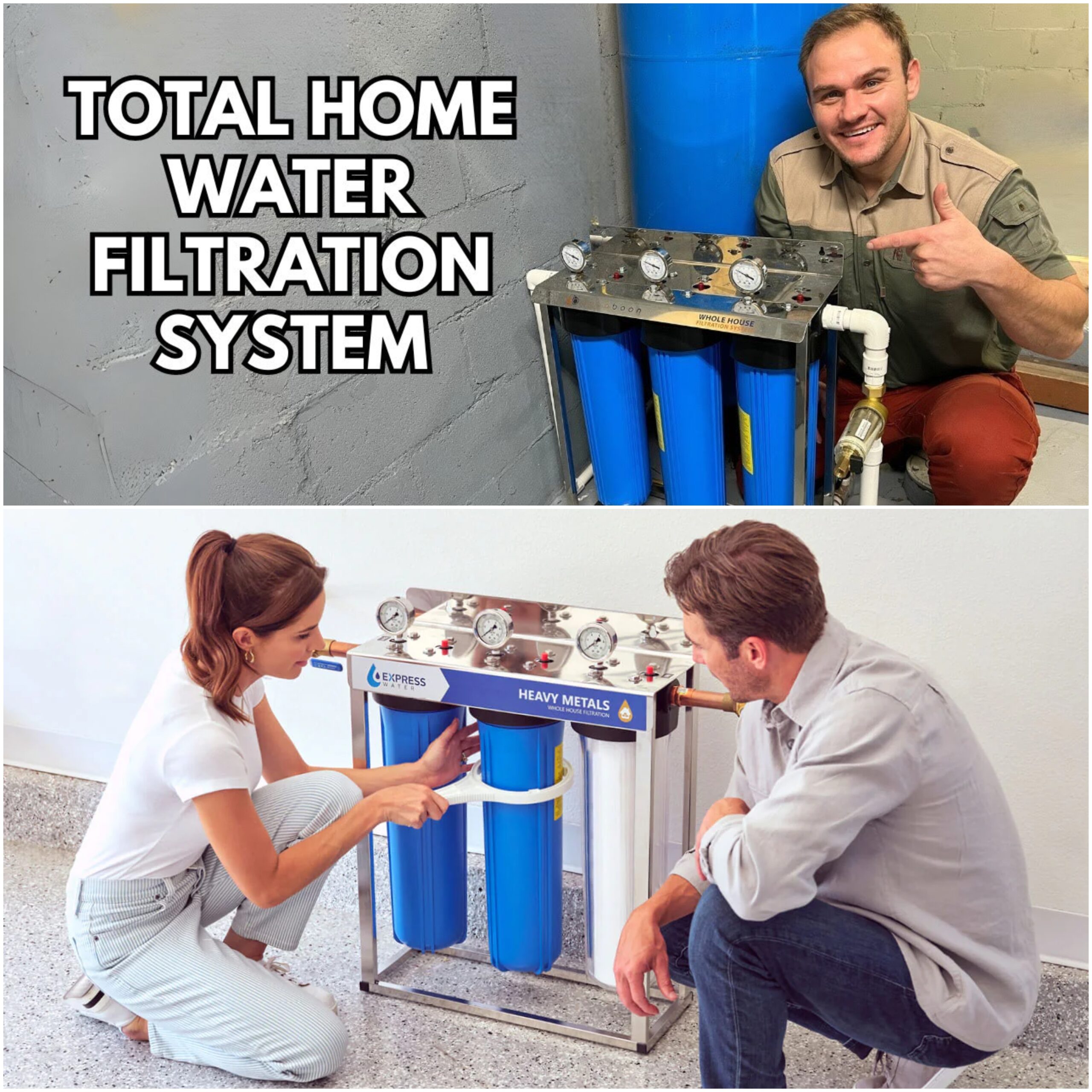Table of Contents
In the USA, a major issue that many homeowners deal with is water damage. It may result in costly repairs, health issues, and structural damage to your house over time.
Nearly 30% of all homeowner insurance claims in the United States are related to freezing and water damage, according to the Insurance Information Institute.
These accidents may result in the loss of personal property and repair bills totaling thousands of dollars.
It is necessary to take precautions against damage because of the serious effects it might cause.Let’s discover on how to keep your property free from water damage.
Water Damage Prevention and Maintenance Tips
Understand Water Damage
There are several ways that water damage can happen, and being aware of these can help you take steps to prevent it.
1. Types of Water Damage
- Gradual Damage
These frequently begin mildly but, if left untreated, can eventually cause serious harm. Water pouring through a broken roof can cause structural problems and mold growth. Over time, corrosion in pipes can result in slow leaks that may go missed until they cause major harm.
- Sudden Damage
In a matter of minutes, an unexpected burst pipe can flood your property, resulting in significant and rapid damage. Water damage can occur quickly and severely when household appliances like water heaters, dishwashers, and washing machines malfunction and leak.
2. Common Causes
- Weather-related Issues
Water may enter your property through drainage systems overloaded by heavy rain, snow, or flooding.
- Plumbing Failures
Water leaks and bursts are frequently caused by outdated or defective plumbing systems.
- Household Appliances
Water damage can result from leaking or breaking appliances that use water, like washing machines, dishwashers, and water heaters.
The first step in preventing water damage is being aware of its various forms and causes. You can safeguard your house proactively by being aware of potential threats.

Preventive Measures for Water Damage
1. Regular Home Inspections
Inspections regularly are necessary to avoid water damage. Regular inspections may help in spotting possible concerns before they worsen.
Inspections should focus on the plumbing, foundation, and roof.
You can detect leaks or other damage early on and take necessary steps to remedy it by routinely inspecting these places.
2. Roof and Gutter Maintenance
Water damage can be avoided by keeping your roof and gutters clean.
Maintaining your home’s gutters and downspouts helps to keep water flowing away from it, which stops excess and leaks.
Maintaining your roof’s health by checking for and fixing issues like cracked or missing shingles helps to keep water from entering your house.
3. Plumbing System Upkeep
Maintaining the honesty of your plumbing system is an additional necessary step.
You can detect leaks or corrosion in pipes and fittings before they cause major harm by regularly inspecting them.
Insulating pipes can keep them from freezing and rupturing during the winter, especially in colder locations.
4. Appliance Maintenance
One major source of water damage is household gadgets that require water.
Unexpected malfunctions can be avoided by inspecting equipment such as dishwashers and washing machines for leaks.
Avoiding unwanted water damage can also be achieved by making sure these appliances are installed correctly and by giving them routine maintenance.
5. Foundation and Drainage
Water cannot leak into your basement or crawl spaces if the ground around your property is graded properly, which directs water away from the foundation.
French drains and sump pumps can be installed to help regulate excess water and prevent foundation damage to your house.
You may drastically lower your home’s risk of water damage and keep your living space dry and safe by taking these preventative steps.
Read: Roof Maintenance – How to Extend the Life of Your Roof in the USA

Water Damage Prevention during Extreme Weather
1. Flood Prevention
Severe weather conditions, including flooding and extreme rain, may seriously harm your house.
Flood barriers and flood-proofing your property is two ways to help prevent water damage during floods.
Flood-proofing techniques include raising electrical systems and sealing basements, but flood barriers can prevent water from entering your house.
It is also essential to make sure sump pumps are running.
By draining extra water from your crawl area or basement, sump pumps can lower your home’s danger of interior flooding.
2. Winter Weather Preparation
Water damage can also result from winter weather if proper safety measures are not followed.
To keep pipes from freezing and breaking during the winter, insulation is necessary.
Pipe sleeves or insulation wrapping are two ways to accomplish this. To prevent cold air from entering and safeguard your plumbing system, seal the spaces around windows and doors.
It is also critical to have your house ready for possible ice and snow damage. To avoid ice dams, which can result in water backing up and seeping into your property, this can involve getting snow off of roofs and gutters.
Immediate Actions to Take After Water Damage
1. Safety First
The most important thing when handling damage is your safety. Turn off the power source if there is a lot of water damage to avoid electrical dangers.
If there is any chance of electrical problems, turning off the power is necessary since water and electricity can be hazardous when combined.
Additionally, stay away from contaminated water contact since it can be harmful to your health.
Flooding or sewage backups can produce contaminated water, so you should avoid touching it until it has been adequately cleaned up.
2. Assessment and Cleanup
Monitoring and recording the damage comes next once you have made sure everyone is safe.
To help with any required repairs and for insurance purposes, take pictures or videos of the damaged areas.
It is necessary to remove the water and dry up the impacted areas to stop the spread of mold and additional harm.
To remove moisture, use towels, fans, and dehumidifiers. Make sure the surface is completely dried.
3. Professional Help
Sometimes the damage is too severe for a do-it-yourself repair.
Acquiring the knowledge of when to contact a water damage restoration specialist may guarantee quality work and save time.
Look out for trustworthy service companies who have successfully handled water damage and have positive evaluations.
Experts possess the necessary tools and knowledge to manage complex situations and efficiently restore your house.
Long-Term Maintenance Tips
- Moisture Control
Long-term prevention of water damage in your home depends on maintaining proper moisture levels. Mold growth can be avoided and indoor humidity levels can be managed with the use of dehumidifiers.
These gadgets are especially helpful in places like crawl rooms and basements where there is a lot of dampness.
Also, maintaining enough ventilation in damp spaces like basements and bathrooms encourages airflow and keeps humidity from rising.
To increase ventilation and lower moisture levels, install exhaust fans and open windows frequently.
- Home Insurance
A thorough evaluation of your house insurance policy can be an important defense against high water.
Make sure your house insurance policy covers damage properly by reviewing and updating it on a regular basis.
The range of coverage provided by policies varies greatly, so it is critical to know what is covered.
Understand the kinds of water damage that are covered, like as flooding or burst pipes, and make the necessary adjustments to guarantee that you are completely protected.
Read: Indoor Air Quality – Maintenance Tips for Healthier American Homes

Resources and Tools
1. DIY Repair Tools and Kits
Having the proper tools and goods on hand can be very beneficial for small-scale damage repairs. Among the suggested instruments are,
- Wet/Dry Vacuum
Excellent for cleaning carpets and floors with standing water
- Dehumidifiers
Good for regulating moisture levels and drying out impacted areas.
- Fans and Air Movers
By boosting airflow, they help in speeding up the drying process.
- Mold Removal Supplies
To treat tiny areas of mold growth, use cleansers and anti-mold solutions.
- Waterproof Sealants
Used to plug minor foundational fractures and leaks
You can quickly and efficiently handle minor damage with the help of this equipment.
2. Professional Services
It could be necessary to hire professionals for more serious water damage.
The following resources might be used to locate nearby damage restoration companies:,
- Online directories
Local restoration firms’ contact details and reviews can be found on websites like Yelp or Angie’s List.
- Insurance Providers
Reputable experts with expertise in damage restoration are frequently suggested by your home insurance provider.
- Local Referrals
Based on their experiences using swamping services, ask friends, relatives, or neighbors for referrals.
Selecting a trustworthy service provider makes sure that your house will be fully repaired and shielded against problems in the future.
Bottom Line
Avoid waiting for water damage to start creating issues. To make sure your house is secure and in good condition, set up a maintenance check-up and inspection today.
By working today, you can avoid worse problems in the future.
Read: Wireless Home Security Systems for Apartments – Peace of Mind











